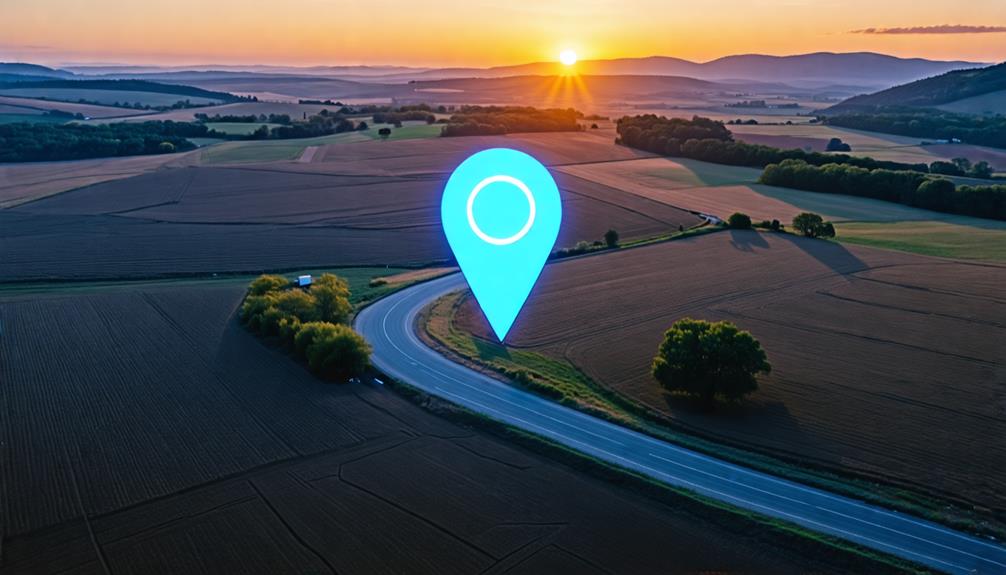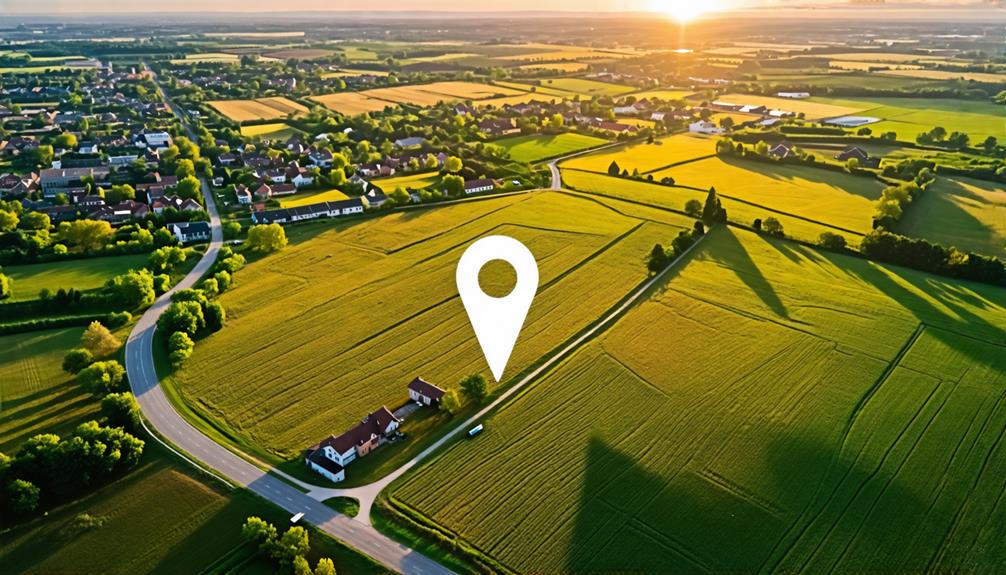You've probably relied on Google Maps countless times to navigate unfamiliar territory, but have you ever considered the possibility that some places it shows might not actually exist? The case of Balloon Town, a fictitious location that once appeared on the popular mapping service, serves as a fascinating reminder that even in our digital age, errors can slip through the cracks. This peculiar glitch not only sparked online buzz but also raised important questions about the accuracy of digital cartography and the potential consequences of blindly trusting technology. As you ponder this curious incident, you might wonder: what other hidden surprises lurk within your favorite mapping apps?
Key Takeaways
- Google Maps listed "Balloon Town," a fictional location, highlighting issues of digital map accuracy.
- Agloe, NY, a paper town created as a copyright trap, appeared on Google Maps despite not existing.
- The inclusion of non-existent places demonstrates challenges in maintaining accuracy in digital cartography.
- Fictional locations on maps can spark public curiosity and discussions about map reliability.
The Mystery of Balloon Town

Nestled in the digital landscape of Google Maps, Balloon Town floated into existence as a whimsical cartographic prank, challenging users' perceptions of map accuracy. This fictional location drew attention to the issue of map inaccuracies in digital mapping platforms. As you explored Google Maps, you might've stumbled upon Balloon Town, its intriguing name sparking curiosity and prompting questions about its origins.
The mystery surrounding Balloon Town serves as a reminder of the importance of verifying information in the digital age. It highlights the potential pitfalls of relying solely on online mapping tools without cross-referencing other sources.
Digital Cartography's Peculiar Glitch
While Balloon Town was a deliberate prank, Google Maps encountered a more complex cartographic oddity with the peculiar case of Agloe, New York. This fictional town, created in the 1930s as a copyright trap, found its way onto Google's digital maps.
Unlike Balloon Town, Agloe's story is rooted in the intersection of copyright protection and digital cartography. You might wonder how a non-existent place appeared on modern satellite imagery. The answer lies in the peculiar history of Agloe.
Originally invented to catch map plagiarism, it briefly became real when a general store opened at its supposed location. This led to a legal dispute between mapmakers, with Rand McNally claiming Agloe's existence.
Google Maps' inclusion of Agloe highlights the challenges of maintaining accuracy in digital cartography, where fictional elements can sometimes blur the lines between reality and imagination.
Mapping Errors and Online Buzz

The story of Agloe's appearance on Google Maps sparked a flurry of online interest, highlighting the curious intersection of digital cartography and internet culture.
You might wonder how a fictional town, originally created as a copyright trap, found its way onto one of the world's most popular digital mapping platforms.
Agloe's presence on Google Maps reflected the challenges faced by digital cartographers in maintaining accurate representations of real and fictional places.
The town's fluctuating status on the platform intrigued users, especially after it gained cultural relevance through John Green's novel 'Paper Towns.'
This online buzz surrounding Agloe demonstrated the power of digital mapping errors to capture public imagination.
As Google eventually removed the non-existent town from its maps, you witnessed a prime example of how the digital age continues to blur the lines between fact and fiction in unexpected ways.
Conclusion
You've witnessed how easily digital maps can blur the line between fact and fiction.
Balloon Town's brief existence on Google Maps reminds you to stay skeptical of online information.
As you navigate the digital world, remember that even trusted platforms can make mistakes.
It's up to you to verify what you see and question the unexpected.
In this age of instant information, your critical thinking skills are more valuable than ever.

Leave a Reply